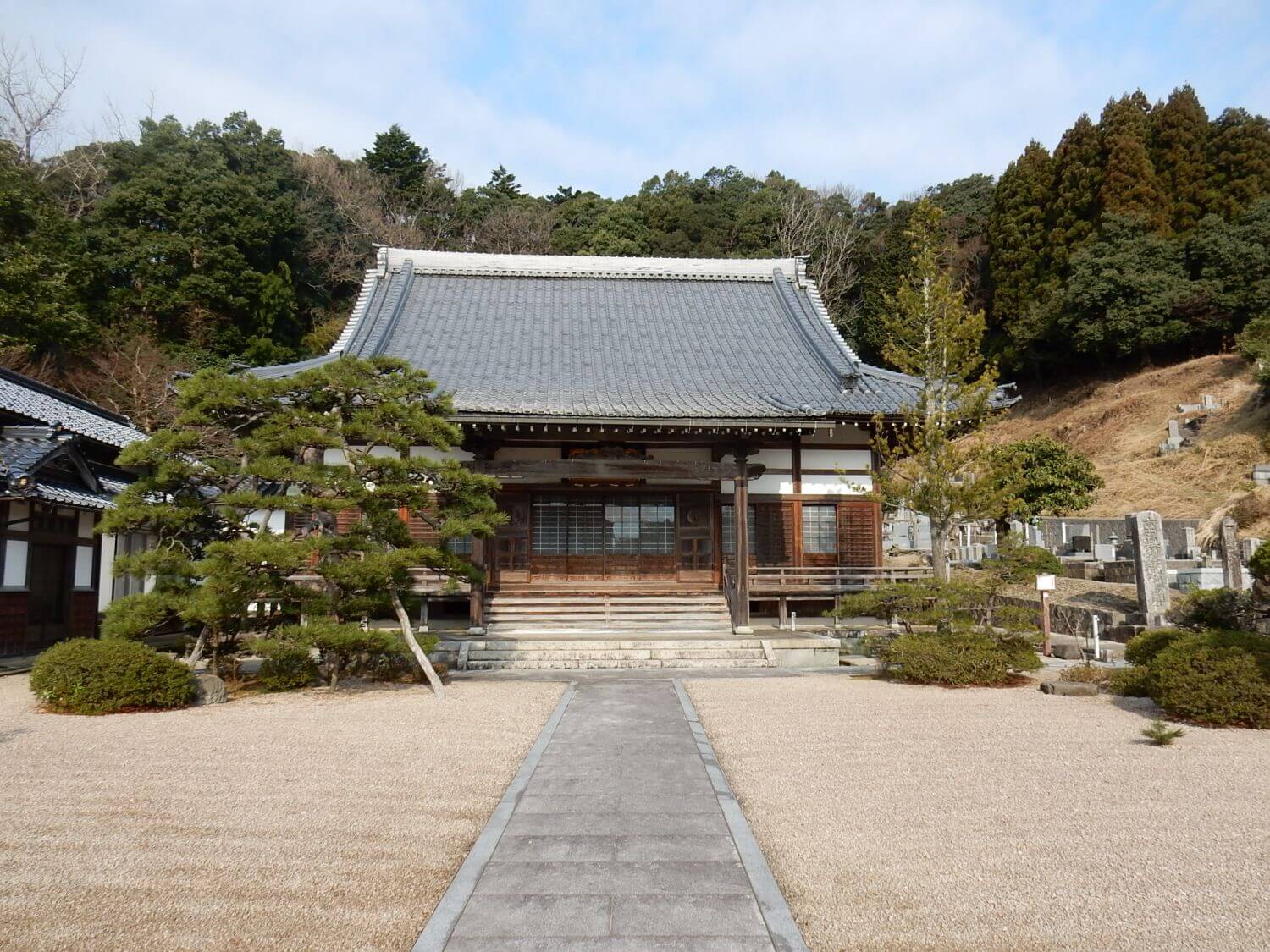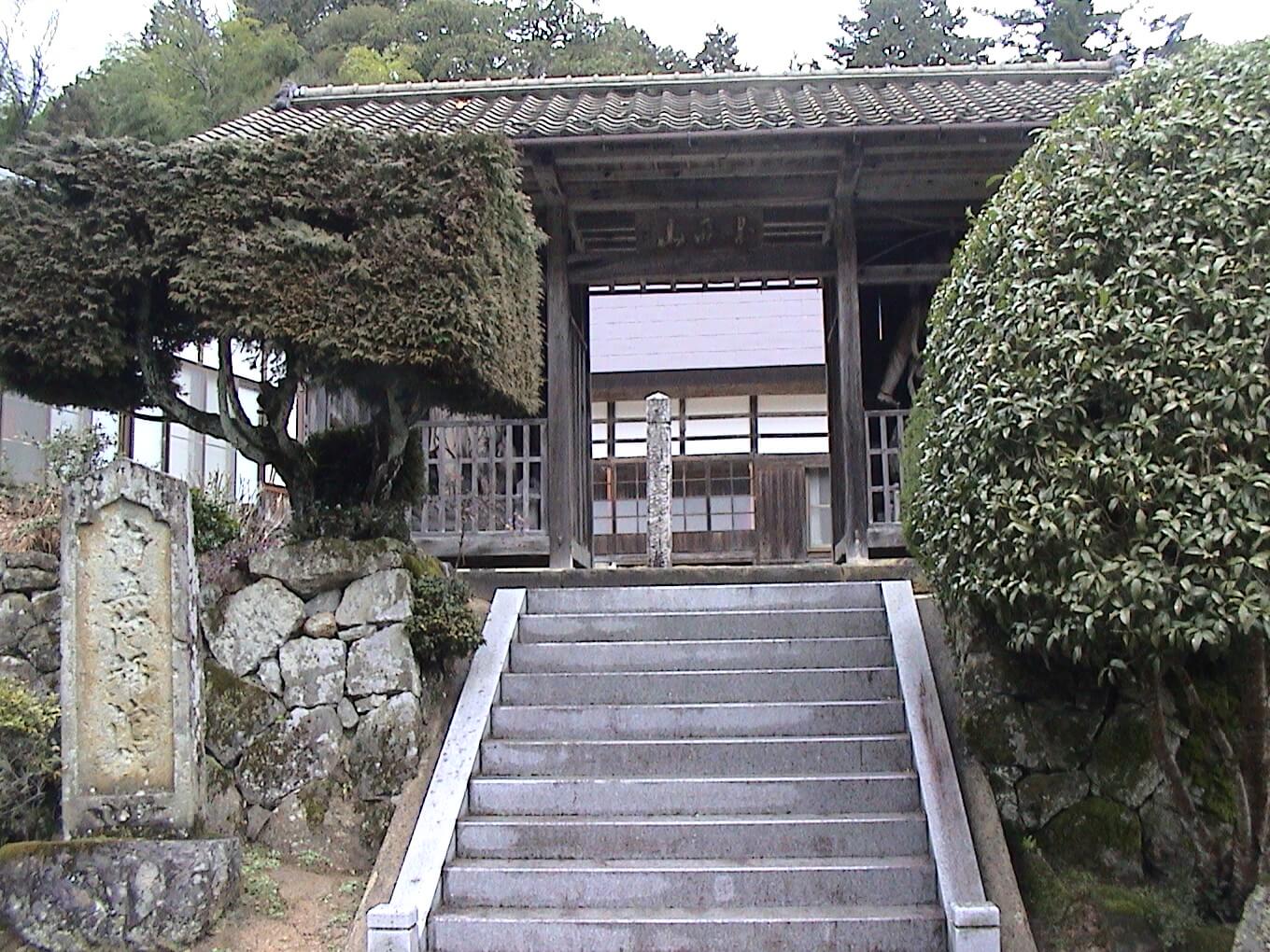Cultural & Art Facilities
-
TANGO OPEN CENTER
Recently opened to the public in June 2024, Tango Open Center is an open factory offering the chance to see firsthand how Tango Chirimen silk is processed and manufactured, and learn the industry secrets that have kept the craft alive for over 300 years. At the factory shop, there are a variety o...
-
Anamonju
'Anamonju' is a 10m tall sea cave formed by erosion over time of the rocky coast where it meets the waves. The Tango Peninsula is home to an abundance of sea caves but Anamonju is one of the most prominent. Right on top of Anamonju, stands a Temple called Seiryozan Kuhonji Temple and the main god...
-
Jutaro Matsumoto Memorial Plaque
Born in 1844 in Tango's Taiza to a family of farmers, Jutaro Matsumoto grew up to become the founder of the 130th National Bank. He also pioneered 41 companies that were precursors to well known corporations of today such as Asahi Beer, Mainichi Newspaper and the Nankai Electric Railway. His plaq...
-
Hinumanai Jinja Shrine
Enshrined here is Toyouke Ookami, the Goddess of Abundant Harvest and Food, who is said to have been born in the northern Kyoto region. Toyouke Ookami is also enshrined at Moto Ise Jingu in Fukuchiyama city which is said to be the original location of Japan's Holiest Shrine, Ise Jingu (Mie Prefec...
-
Iwayaji Temple
Iwayaji dates back to the Nara Period (719-794 CE). The main object of worship here is a statue of Acala, a Wisdom King which is an angry faced Buddhist deity. At the Temple, you can find one of the oldest illustrations in the Tango region, "The 16 Deities of the Buddha", as well as over 400 y...
-
Honganji Temple
Honganji can be found in central Kumihama. The temple has a long history and its main hall is a designated National Important Cultural Asset and the oldest structure in the Tango region. Enshrined here are 2 sets of Sentaibutsu (1,000 small Buddha statues), which are said to be the Buddhas of "pl...
-
Shizuka Jinja Shrine
Shizuka Shrine is located on a hill in Iso, Amino, which is said to be the birthplace of Shizuka Gozen, one of the Seven Princesses of Kyotango and Shizuka Gozen is enshrined here. Born in Iso, Amino, Shizuka Gozen was a leading dancer in the Imperial Court in the 1100s. After catching the eye of...
-
Enjoji Temple
Enjoji Temple can be found in Mineyama. The main hall is flanked on both sides by large Deva king (guardian god) statues, which were made by a Kyoto Buddhist sculptor. The main object of worship at Enjoji is a statue of the thousand armed Kannon (deity of compassion), a designated National Imp...
-
Joryuji Temple
Joryuji Temple is home to the tombstone of Saheiji Kinuya, one of the founders of Tango Chirimen Silk and it is the Bodaiji (family temple) of the Kyogoku clan, who ruled the Mineyama domain in the Edo Period (1603-1868 CE). Every year, a memorial service is held in honour of Saheiji to commemora...
-
Zenjoji Temple
Zenjoji Temple played a significant role in the Tango Chirimen Silk industry. In the Edo period (1603-1868 CE), Tango textiles were suffering from a slump, losing ground to the highly skilled and famous Nishijin textile industry. In order to re-establish Tango textiles' standing in the industry, ...
-
Tango Ancient Village Museum
The Tango Ancient Village Museum is home to artifacts that were excavated within Kyotango City, showcasing a variety of stone tools, earthenware and jade objects from the Jomon Period (approx. 14,000-300 BCE) to the Middle Ages (1185-1603 CE). The museum focuses on introducing the history of the ...
-
Shinmeiyama Burial Mound
Built around the second half of the 4th Century, Shinmeiyama Burial Mound in Tango-cho, which is 190m long, is the second largest keyhole-shaped burial mound in the Tango region, after Amino's Choshiyama Burial Mound. It is a National Designated Historic Site found not far from Takano Shrine. The...

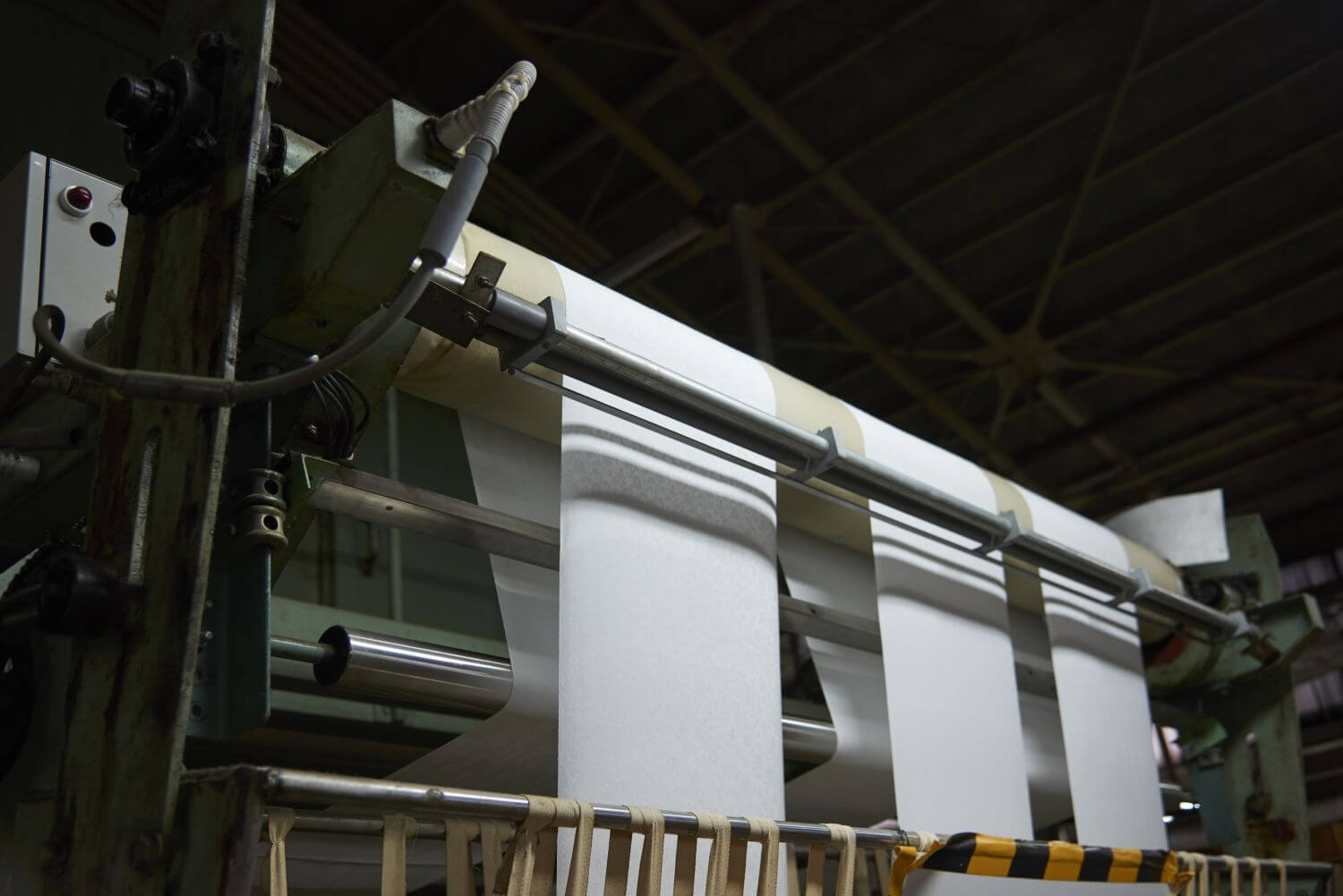
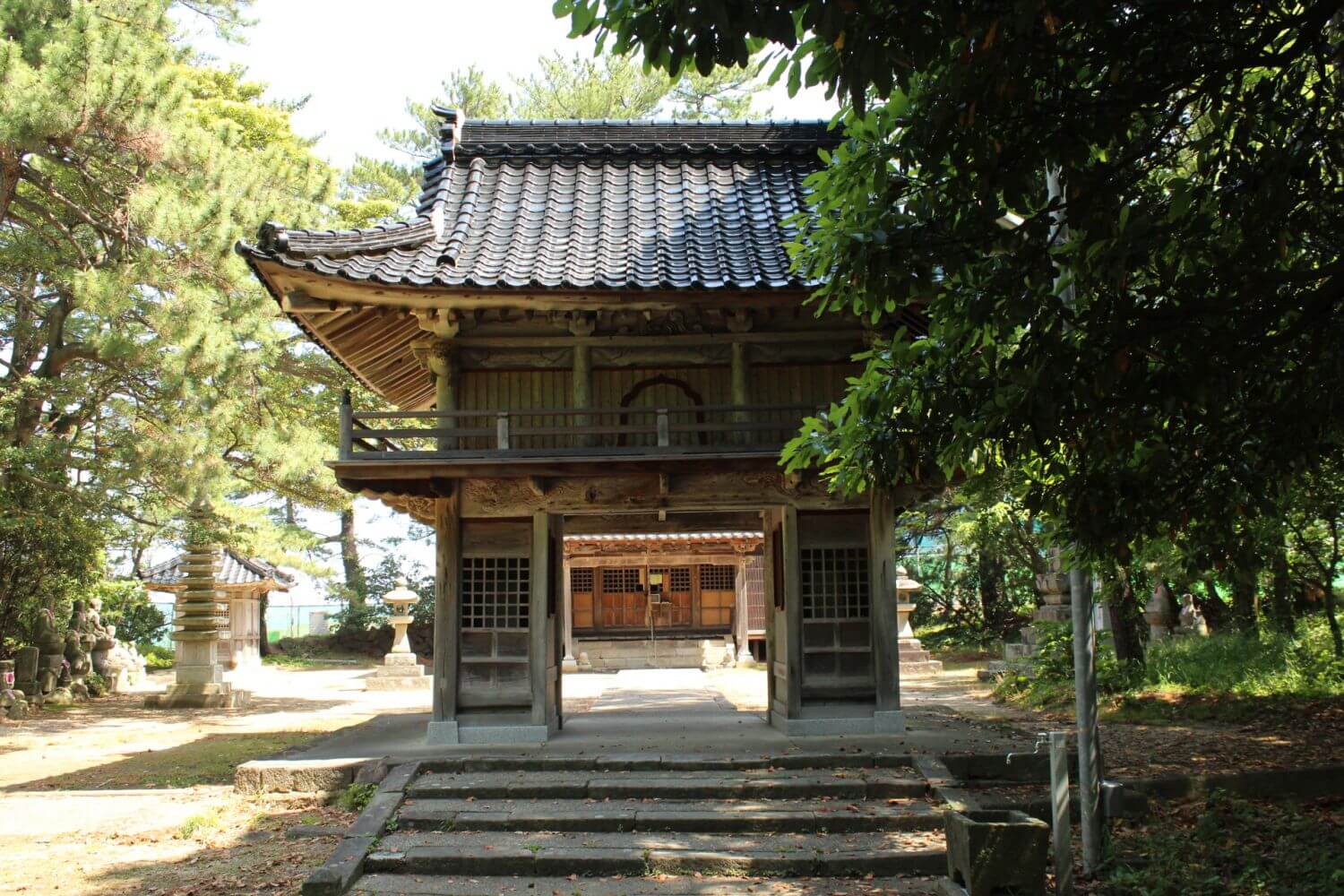
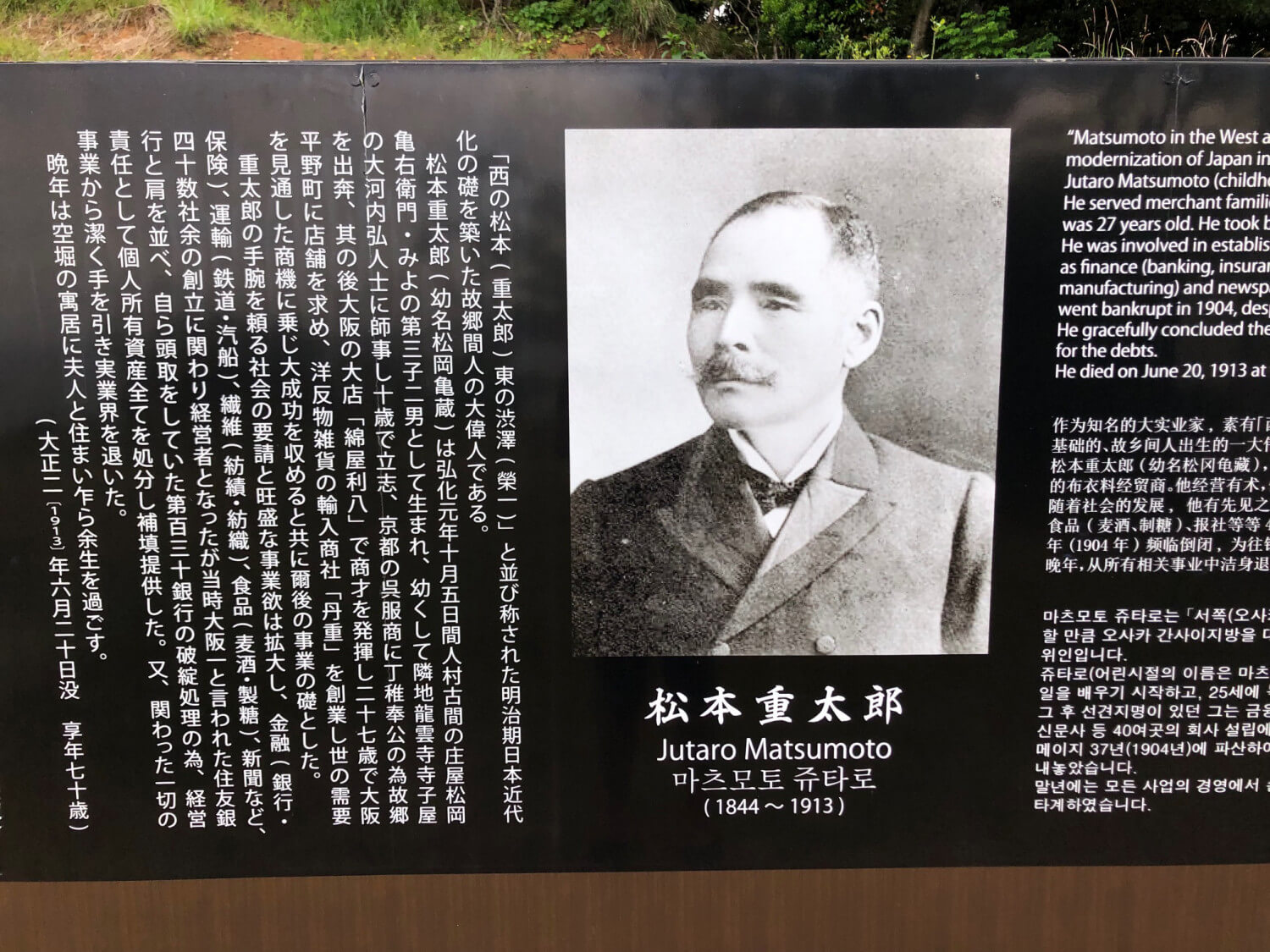

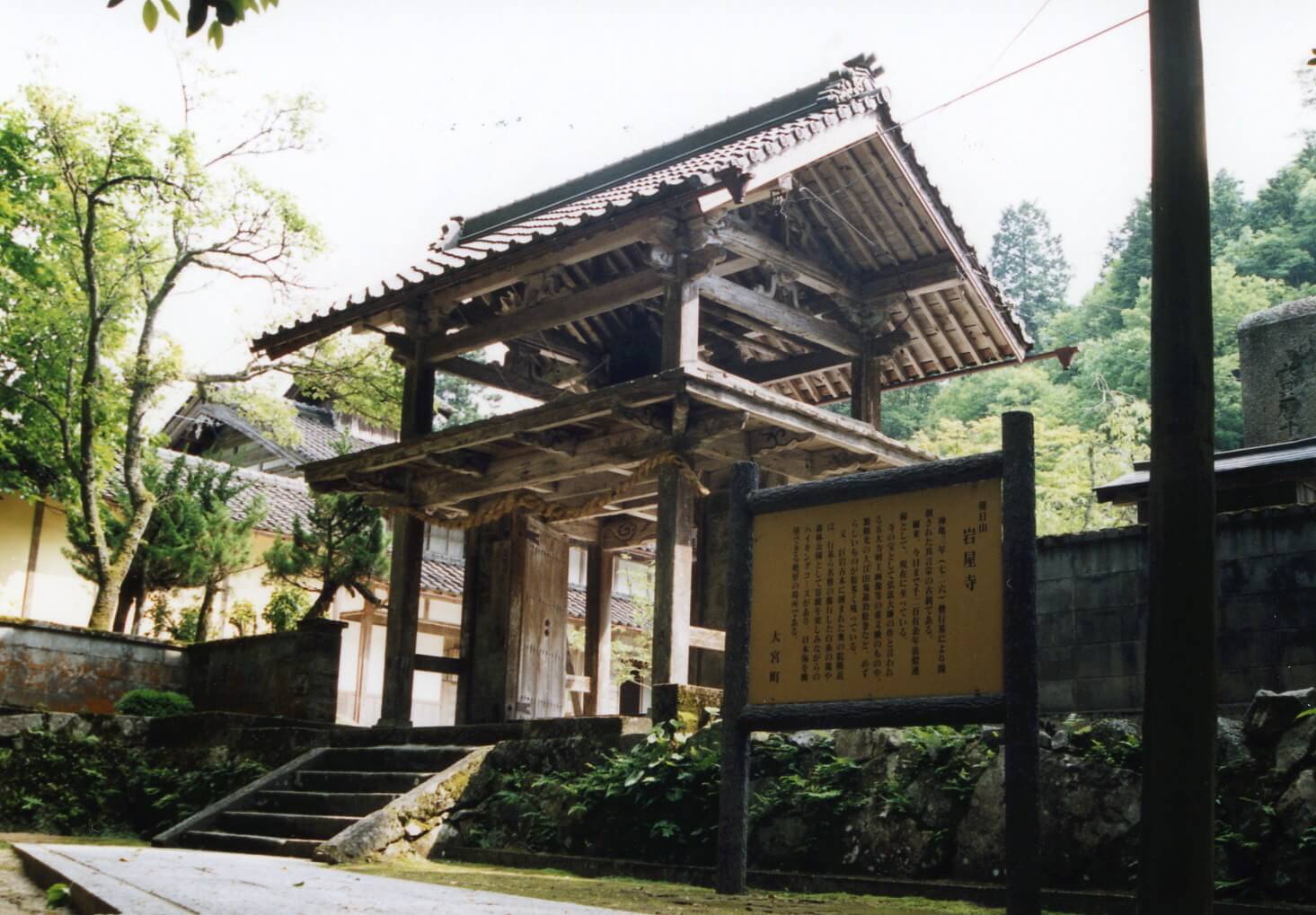
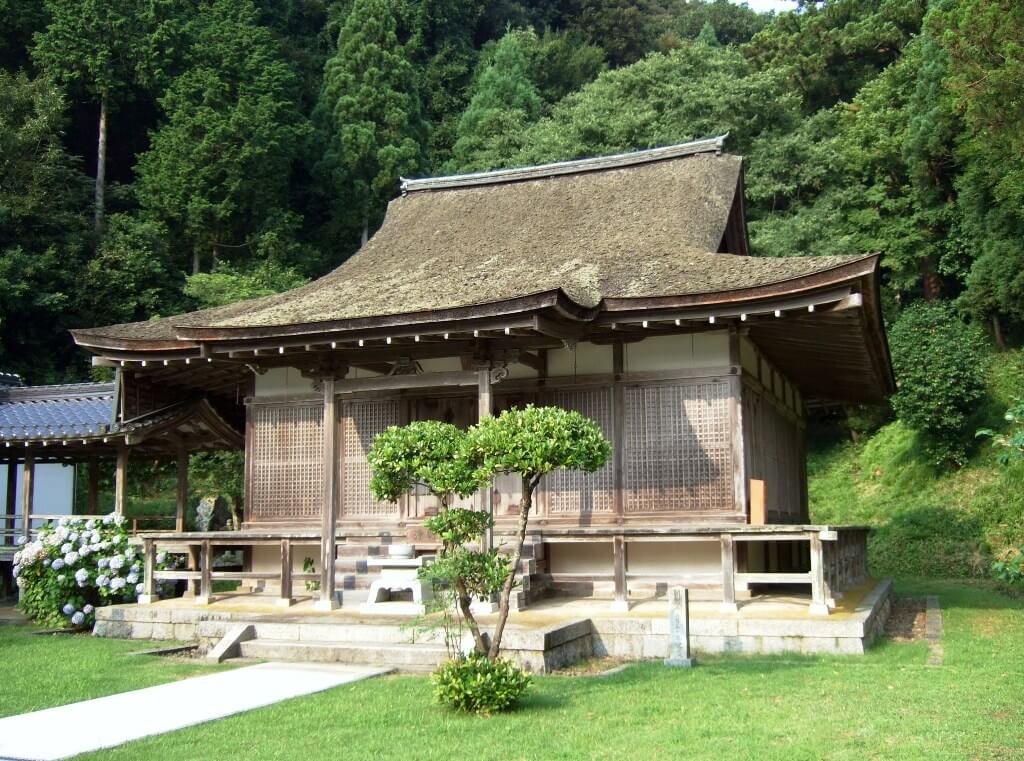
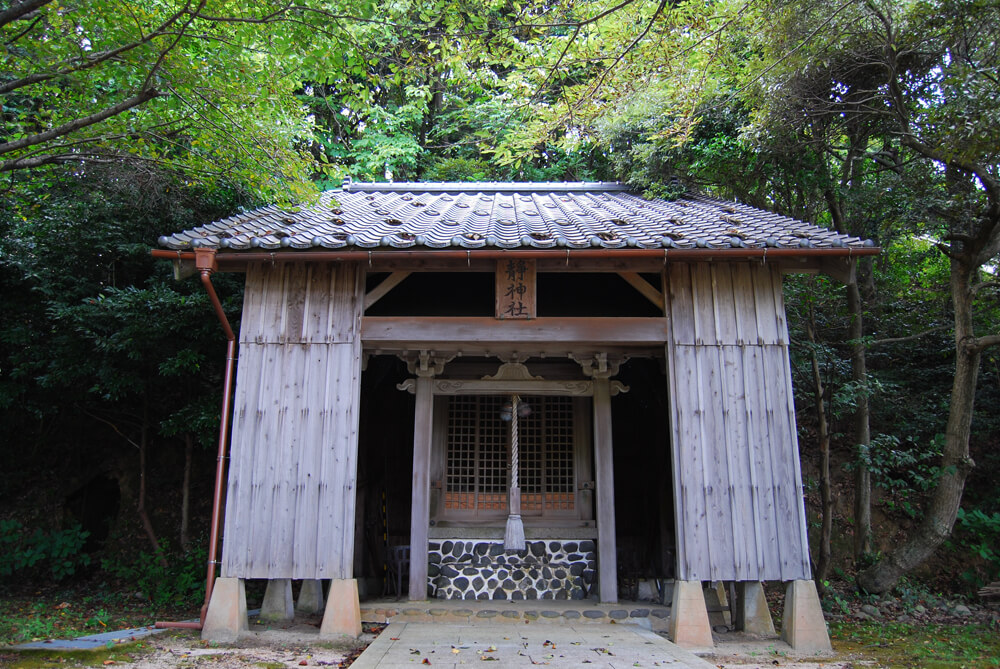
.jpg)
